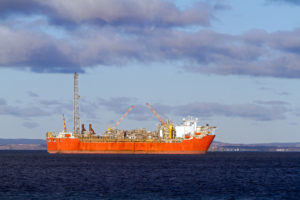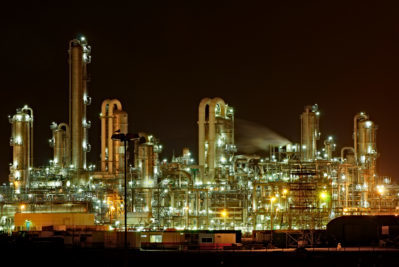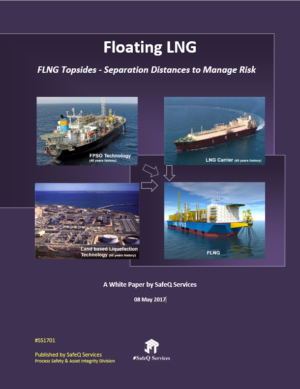Spotlight: FLNG Topsides – Separation Distances

FLNG installations for terminal and production applications feature topsides that include process and non-process equipment arrangement on top of LNG storage, with additional sources of operational risk as compared to LNG carriers. Where space is at a premium, as it is on FLNG vessels, one of the challenging tasks in topsides layout is to design the separation distances necessary for protection of people and critical systems. The type of offloading operation used between the FLNG and shuttle tanker and the distance that separates the two units also can influence FLNG topsides arrangement.
An engineering approach to reducing the risk of fire and explosion hazards is to have adequate separation distances that allow direct impact to be avoided. In many cases, proper separation distances prevent ignition and can mitigate the effects of an explosion or a fire should one occur.
We carry out limit state studies to establish design accidental loads. Our studies include physical effects modeling and risk assessment to better understand the planned releases, accident scenarios and evaluate design options; establish thermal radiation protection zones, fire zones and a flammable vapor dispersion zones to protect accommodations, temporary refuge, work areas and evacuation routes, to prevent or reduce fire escalation, and facilitate design and operation of active fire protection systems and emergency shutdown.
Related topics you might find interesting …
Some more topics you might find interesting …









